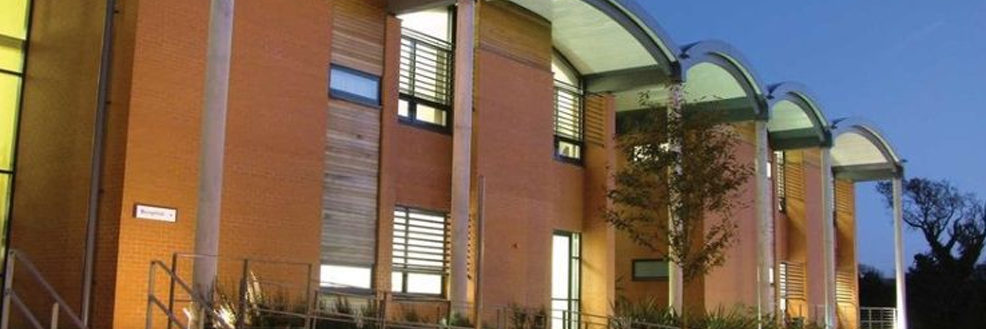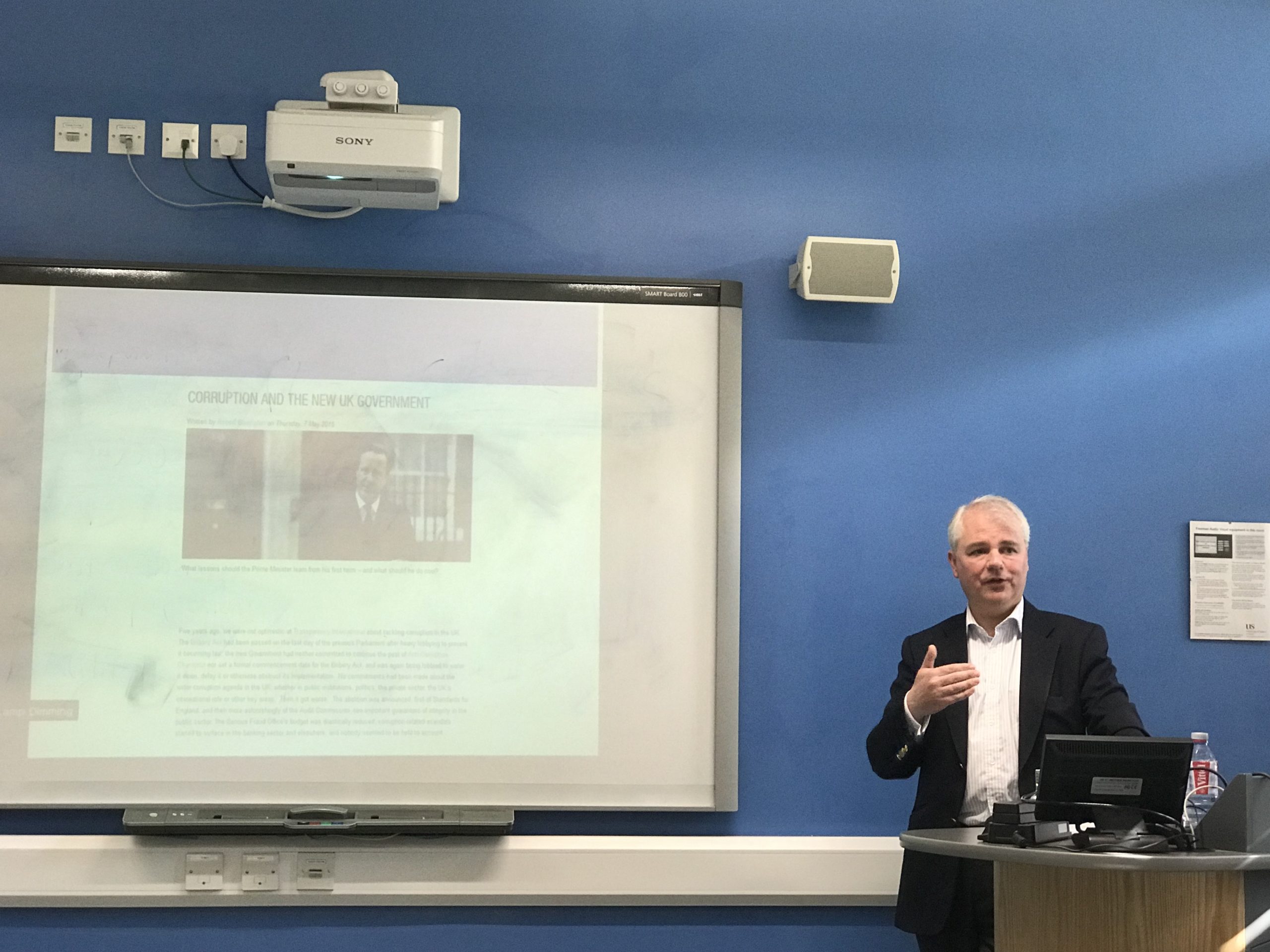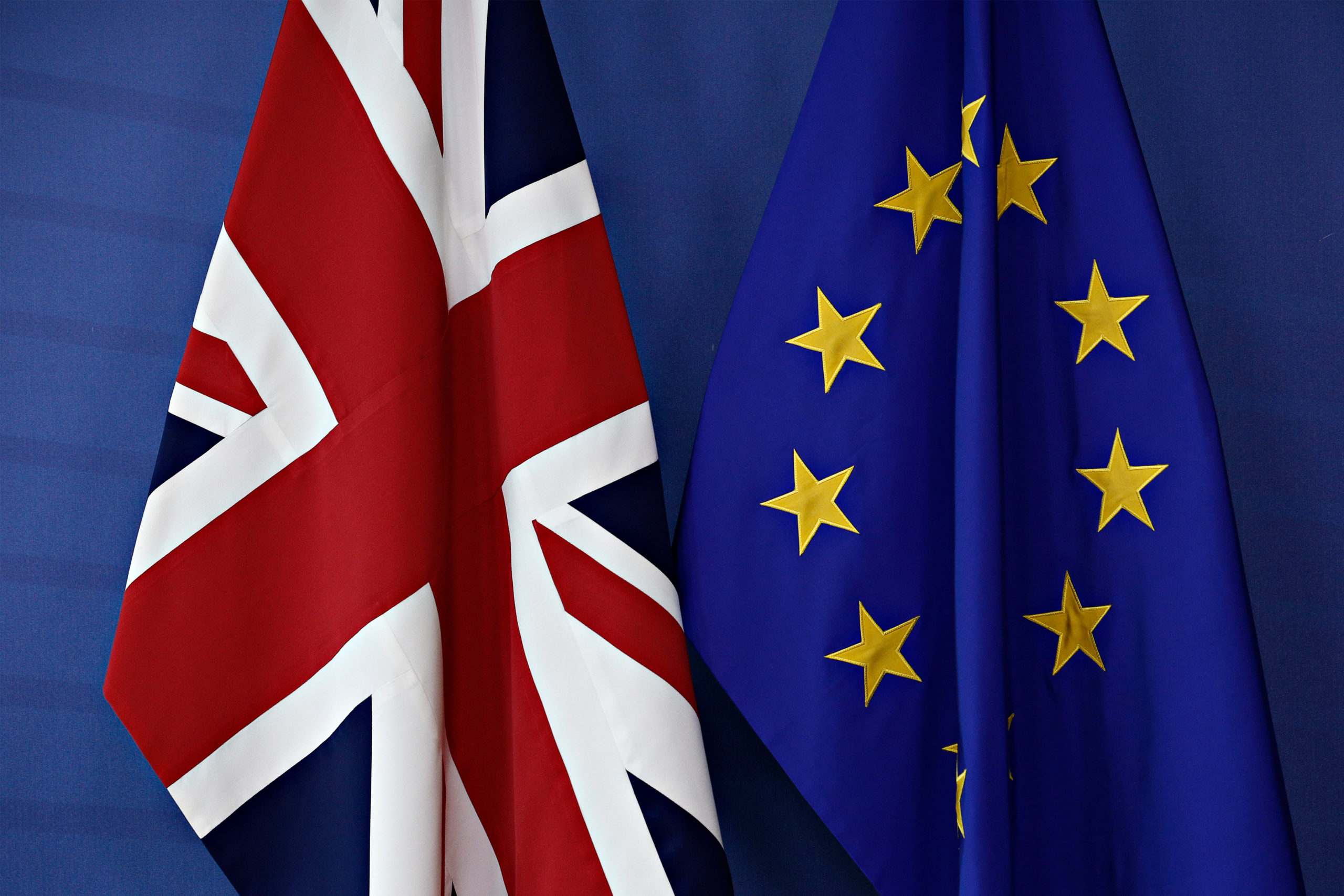Concerns about the cosy relationship between politics and business in the UK have re-surfaced in recent weeks through the exposure of an alleged ‘cash for influence’ deal involving a government minister and a property developer. In this post, Joseph Sinclair, a lawyer currently taking our Master’s in Corruption and Governance, discusses whether, in his view, a criminal offence has been committed.
I: Introduction
It might have been different in a time not-so-far away. It was only two years ago that a minister sought to resign over being minutes late to answer questions in the Lords.
It might have been expected that the Housing Secretary, Robert Jenrick, would have resigned following allegations of inappropriately approving a housing development owned by a Tory donor. He hasn’t.
Aside from the shift to a political culture of battening the hatches and hoping for the media storm to pass, the Jenrick affair shows that potential political criminality is not taken seriously in the United Kingdom.
The Good Law Project is considering a private prosecution against Jenrick for misconduct in public office (“MIPO”). This blog post reviews what we know so far of the affair and asks: has an offence been committed; and if so, what is it? The answer might lie within section 2 of the Bribery Act.
II: Alleged Salient Facts
Robert Jenrick MP was appointed as Housing Secretary on 24 July 2019. Richard Desmond is the billionaire former owner of the Express newspaper and pornographer.
Through Westferry Developments Ltd, Desmond sought to build 1,524 residential units on the Westferry Printworks Site in east London (the “Development”).
Desmond had previously been given planning permission in 2016 by the then mayor, Boris Johnson, for a smaller project. But Desmond had since decided to ramp up the size of the development. Both the Greater London Authority and Tower Hamlets LBC had objected to this. Westferry sought permission to appeal in 2018.
Changes to the Community Infrastructure Levy (“CIL”) meant that Desmond would have incurred a £45 million payment if the Development was approved after 15 January 2020. CIL is described by the government as an “…important tool for local authorities to use to help them deliver the infrastructure needed to support development”. Tower Hamlets is one of the poorest boroughs in the United Kingdom.
On 18 November 2019, Jenrick was seated next to Desmond at a £900-per-head Conservative party fundraising dinner at the Savoy. Jenrick initially denied that they spoke about the Development but later admitted that Desmond showed him a four-minute video. He allegedly agreed to attend a tour.
Documents subsequently published show that later that night Jenrick texted Desmond, saying “Good to spend time with you tonight Richard. See you again soon. I hope”. Two days later, Desmond texted Jenrick to say inter alia that Desmond had arranged for Jenrick to attend the site and that “we appreciate the speed as we don’t want to give Marxists loads of doe for nothing!”. Jenrick responded with a carefully worded message about “appearance of being influenced by applicants”. He did not attend the site.
However, on the same day, his private office contacted civil servants within Jenrick’s department saying:
SoS has flagged a case in Westferry London Docklands… He understands a ministerial decision on this is likely to be coming up soon and also there may be some sensitivity with timing of final decision…
Internal departmental emails show that they were under pressure to get the decision to Jenrick well before 15 January (eg. Jenrick’s office chased on 12 December 2019). On 13 December 2019, a day after the general election, Jenrick’s department wrote a briefing for him, advising him to dismiss and refuse planning permission. On 17 December 2019, an internal email says that “[Jenrick] has decided to take all planning casework decisions himself”.
Desmond sent Jenrick another text on 23 December 2019, saying that “[w]e have to get the approval before January 15 otherwise payment of 45 million pounds to tower hamlets…” Five days later, an internal departmental email stated that Jenrick “…would like to approve the application (author’s emphasis)”. Jenrick had a meeting with his department to “…discuss his rationale for wanting to approve [the Development in spite of it] … going against the recc of inspector and officials”.
On 14 January 2020, Jenrick formally granted planning permission to the Development. On 29 January 2020, Desmond made a £12,000 cash donation to the Conservative party. There might have been an expectation that more would follow: Desmond’s companies had previously given £1.3m to UKIP in 2014/15, as well as £10,000 to the Conservatives in 2017.
Tower Hamlets sought to judicially review Jenrick’s decision. In pre-action correspondence, Jenrick’s department refused to disclose documents. The Government Legal Department said that “the council’s request for disclosure of documents is nothing more than a ‘fishing expedition’ without any proper foundation”.
After proceedings commenced, Jenrick’s department accepted that:
“…the timing of the [decision] on the eve of the approval… thereby avoiding a substantial financial liability… would lead the fair minded and informed observer to conclude that there was a real possibility that [Jenrick] was biased in favour of [Westferry Developments].
On this basis, they agreed to concede and consented to a quashing order (ie. treating Jenrick’s decision as though it was never made). This gave a bizarre twist to the story in that, apparently to keep the documents secret, the Government preferred to admit that it had acted unlawfully and have the planning decision reversed. That obviously begs the question: what was it that they wanted to keep secret?
A whistle-blower within Jenrick’s department subsequently informed The Times that:
- Jenrick had not informed officials that he had met and texted Desmond;
- Jenrick had been informed that it was 70-80% likely the decision would be judicially reviewed; and
- Civil servants were shocked by Jenrick’s urgency for a decision – the inference being that it was out of the ordinary.
On 15 June 2020, Jenrick responded to a question in the Commons, saying:
“…My Department knew about my attendance at the event before I went to it. It knew about the fact that I had inadvertently sat next to the applicant. I did not know who I was going to be seated by until I sat at the table. I discussed and took advice from my officials within the Department at all times.”
In answers to other questions (1), (2), Jenrick said:
“I made [the decision] with an open mind, because we want to see more homes built in this country and in particular in our capital city. This development would have led to 1,500 homes and 250 affordable homes. I remind the House that this contentious decision came to my desk as Secretary of State because the local council had failed to determine it in accordance with the law.
[ …]
“I discussed with my officials that the applicant had raised the matter. I advised the applicant that I was not able to discuss it, so I think I have answered her question comprehensively.”
The Cabinet Secretary wrote to an MP on 24 June 2020 to say that on these remarks, the Prime Minister “…considers that the matter is closed”. Defending Jenrick, Business Minister Nadhim Zahawi MP said:
“Viability is incredibly important. Getting stuff built is incredibly important to Robert Jenrick – that was his motivation.”
III: Is There Evidence of an Offence?
The Good Law Project is considering the viability of a prosecution for MIPO. But it seems to be a good starting point to consider whether there might be a case to be answered under section 2 of the Bribery Act 2010, namely “being bribed”.
Being Bribed Offence
Section 2(2) reads:
[A person (“R”) is guilty of an offence] …where R requests, agrees to receive or accepts a financial or other advantage intending that, in consequence, a relevant function or activity should be performed improperly (whether by R or another person).
This offence is informed by:
- Section 2(6)(b) that says “…it does not matter whether the [other] advantage is (or is to be) for the benefit of R or another person”. The SFO and CPS joint guidance says that “other advantage” is left to be determined as a matter of common sense by the tribunal of fact, i.e., a jury.
- Section 3(2)(a), (3), (4) and (5) which says a relevant function is one of public nature and the person performing this function is expected to perform it in good faith, impartially, and is in a position of trust by virtue of performing it.
- Section 4 which says that a relevant function is performed improperly where it is in breach of a relevant expectation.
Bribery offences can only be brought by the Director of Public Prosecutions or the Serious Fraud Office in accordance with section 10 of the Bribery Act.
If a prosecution was brought under the Bribery Act, a jury would need to decide whether this is a straight-forward case of: “you approve my housing development and I will make a donation to your party”. The jury would need to consider that Jenrick sat next to Desmond at a Conservative party dinner whose objective was to raise funds, where he was shown a video of the Development. They exchanged text messages and thereafter Jenrick’s office started to pressurise civil servants to meet the January deadline so that Desmond could achieve a £45m saving. A few days after this was achieved, Desmond paid Mr Jenrick’s political party £12,000.
Significance might be attached to Jenrick’s text message distancing himself from Desmond in December. Indeed, he has tried to use this as a defence. But it is important to ask:
- Why did he not tell his department about the meeting (though he disputes this)
- Why did he initially deny speaking to Desmond about the Development?
- Why did his department initially refuse to disclose the documents when they were clearly relevant to the probity of his decision?
- Why did he want to make these planning decisions himself?
From Jenrick and his colleagues’ statements cited, it appears that the likely retort is that this project would have delivered around 1500 residences. Jenrick took the view that this was needed and that the £45m CIL payment hindered the viability of the project. However, it is unclear how he reached the conclusion that the £45 million payment to the local council would make the project unviable: Desmond’s own texts give the reason as ‘we don’t want to give Marxists loads of doe for nothing.’ Jenrick acted accordingly and Desmond’s messages, the dinner and subsequent payment did not impact his decision in any way.
The facts of the case, although disputed at the edges, are increasingly clear. They would certainly point towards prosecution. This would leave a jury to decide whether what has occurred is a misjudgement made in good faith by a Minister trying to fulfil his public duty, or a criminal offence.
Misconduct in Public Office (MIPO)
MIPO is a common law offence and has four elements summarised in Attorney General’s Reference No. 3 of 2003:
- A public officer acting as such;
- Wilfully neglects to perform his duty and/or wilfully misconducts himself;
- to such a degree as to amount to an abuse of the public’s trust in the office holder; and
- without reasonable excuse or justification.
The first element is straightforward in this case, but that’s where simplicity ends. As to the second element, the prosecution must show that Jenrick was aware that his conduct was capable of amounting to misconduct. It must also amount to an affront to the standing of the public office held (see the CPS guidance).
Is a jury really going to take that view? In light of the anticipated defence, what might they make of the requirement of there being no reasonable excuse or justification? It seems that the moving parts of the offence leave greater scope for an acquittal.
IV: Conclusions
The facts have become clearer since the documents were published, but there remain a number of assumed facts that would require hours of police and/or solicitor time to validate. However, there is enough already to suggest that there is potential for a prosecution.
In considering which offence is more appropriate, s2 seems the more attractive of the two. The provisions of the Bribery Act were put in place to simplify prosecuting these kinds of cases.
The Government has said it wants to move on from this case. But if a Minister has committed a criminal offence, it would be wrong to move on. It is hard to imagine that with this set of facts in a different situation – for example, a local councillor approving a planning decision and then receiving £12,000 for his or her re-election campaign – that moving on would be the right thing to do. The immediate question in this case might be for a jury; but the ultimate question is for the electorate to decide whether it is happy for one law to apply to the government and its friends, and another to everyone else.














Recent Comments